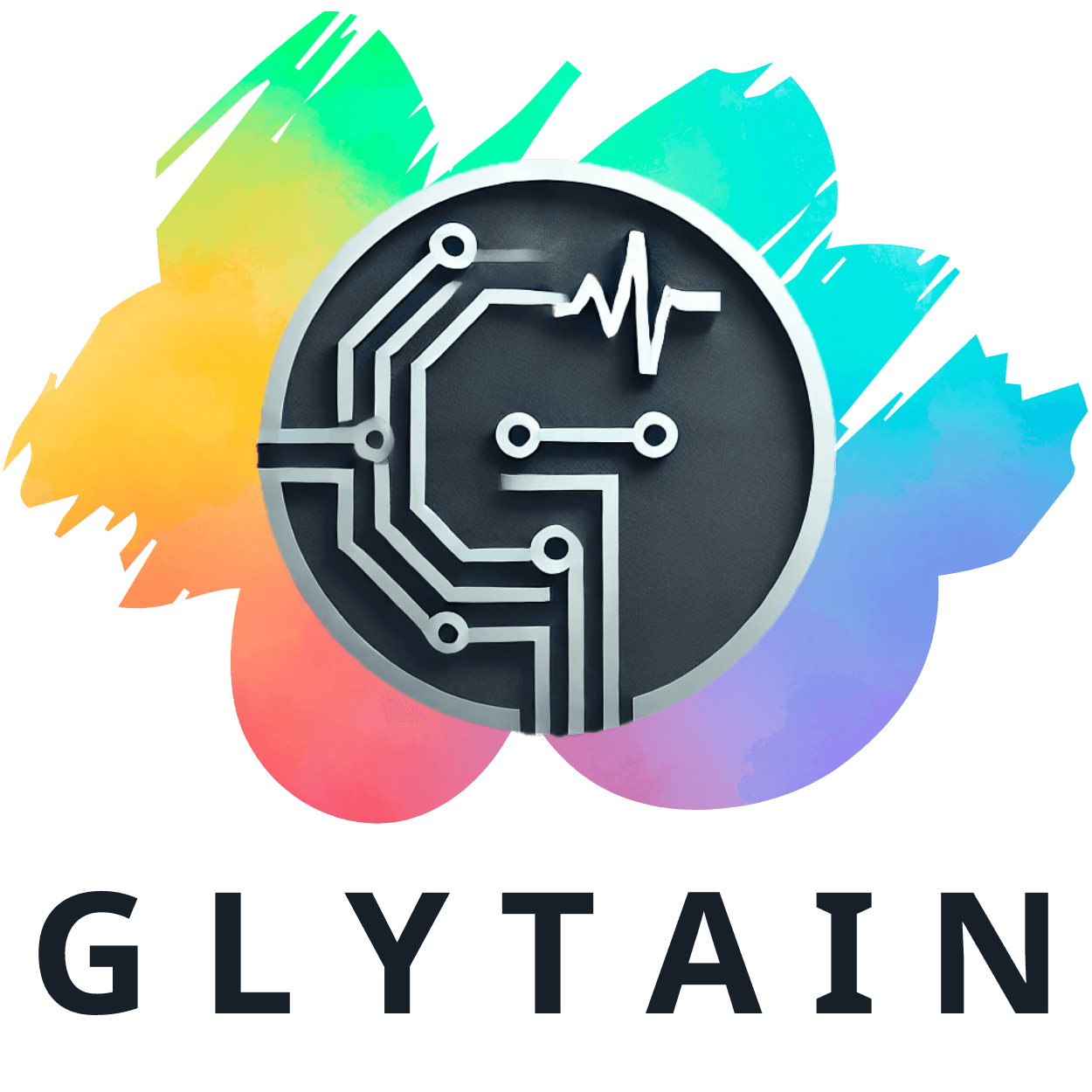
Restructuring Amid Controversy: Luminar’s Current Situation
Luminar Technologies, a leading player in the lidar industry, is facing another round of layoffs following the abrupt resignation of its CEO, Austin Russell. This troubling development comes as part of a broader restructuring strategy as outlined in recent filings. The organization had already trimmed about 30% of its workforce in 2024, resulting in substantial cash charges estimated between $4 and $6 million. The new layoffs, initiated on May 15, are set to incur additional costs projected at $4 million to $5 million, further straining the company's resources.
Understanding the Implications of Leadership Changes
The recent leadership shake-up, which involves the appointment of Paul Ricci as the new CEO, raises questions about the direction of the company and its operational integrity. Russell’s resignation was shrouded in controversy, linked to an ethics inquiry, yet no specifics have been disclosed. This lack of transparency might exacerbate uncertainties among shareholders and employees alike.
Future Predictions: What Lies Ahead for Luminar?
With the backdrop of significant layoffs and leadership changes, the outlook for Luminar remains precarious. As the lidar market continues to evolve and technologies aimed at enhancing transportation safety and efficiency gain traction, maintaining investor confidence will be crucial. Additionally, the company's ability to compensate for lost talent and foster innovation will determine its competitive edge in a rapidly developing sector.
Actionable Insights for Stakeholders
For those involved in or following the healthcare technology domain, this situation at Luminar underscores the necessity of adaptability and ethical governance. Stakeholders should stay vigilant about the evolving landscape of tech companies, especially those promising transformative solutions in critical fields such as healthcare.
A Cautionary Tale: Learning from Luminar’s Struggles
As healthcare IT professionals and administrators, the rapid changes at companies like Luminar highlight the importance of assessing leadership trends and their long-term viability. Significant restructuring can serve as a warning signal for potential investments and partnerships. By focusing on companies with strong ethical standards and resilient leadership, stakeholders can better navigate uncertainty in the technology landscape.
 Add Row
Add Row  Add
Add 




 Add Row
Add Row  Add
Add 

Write A Comment